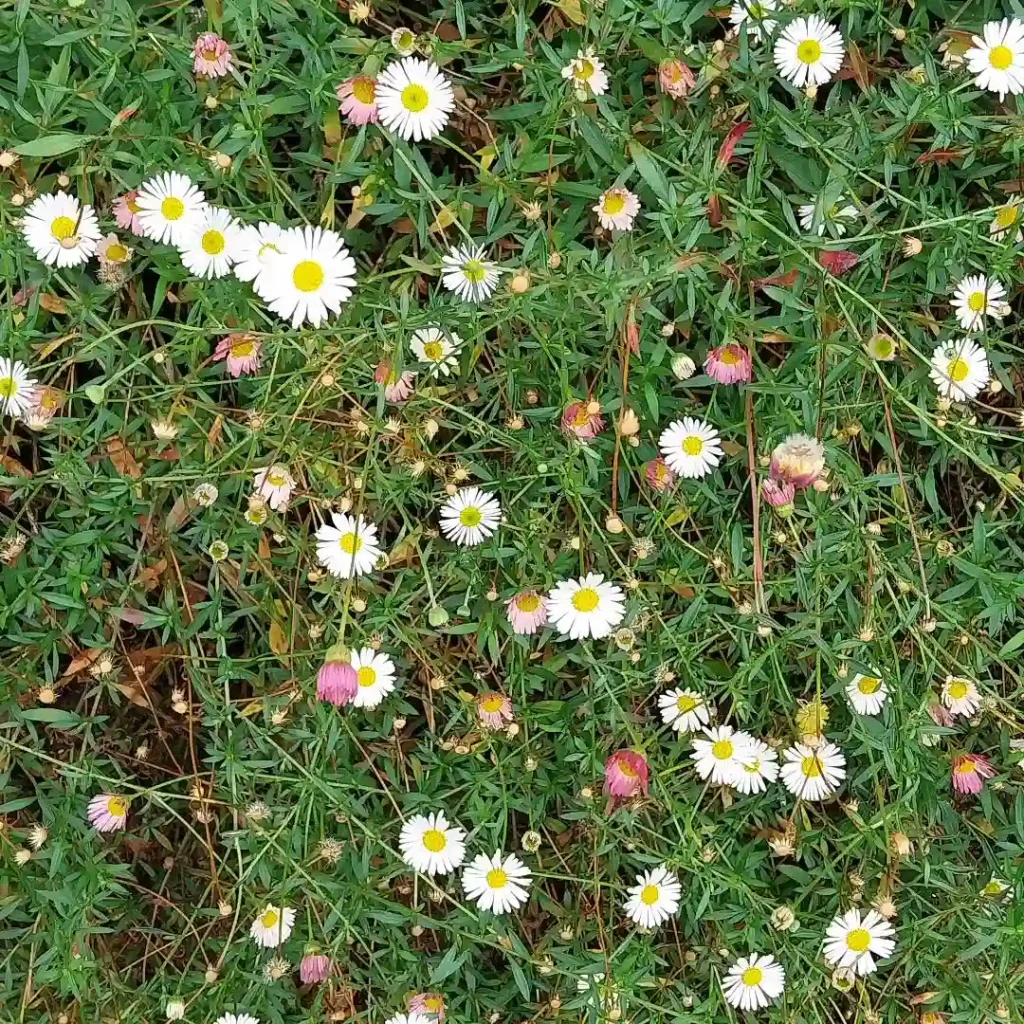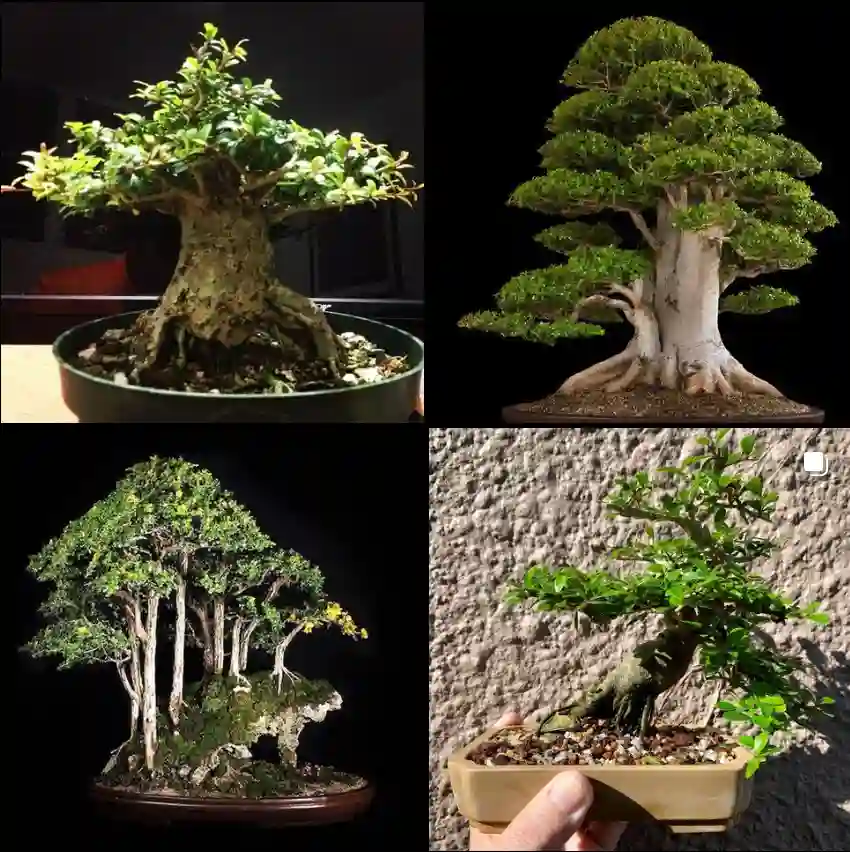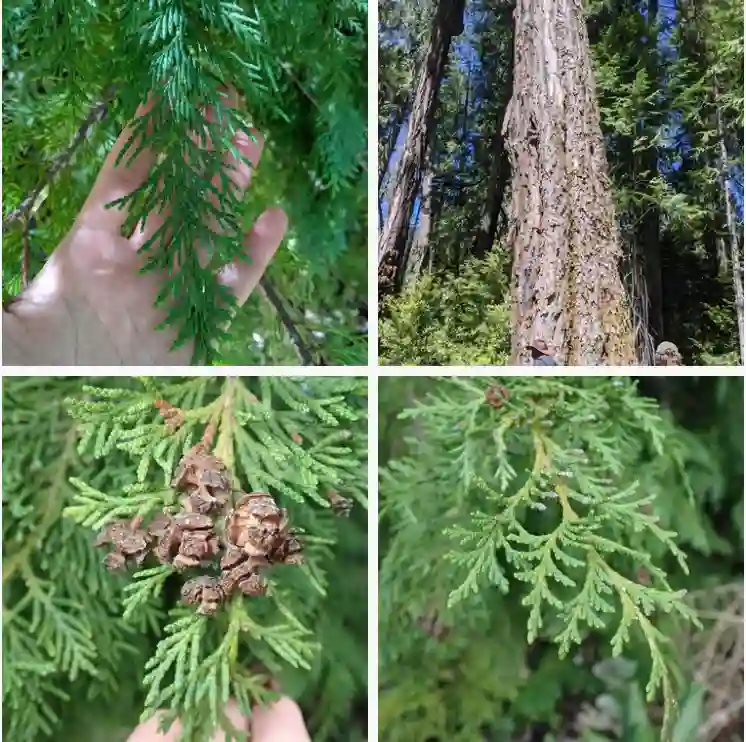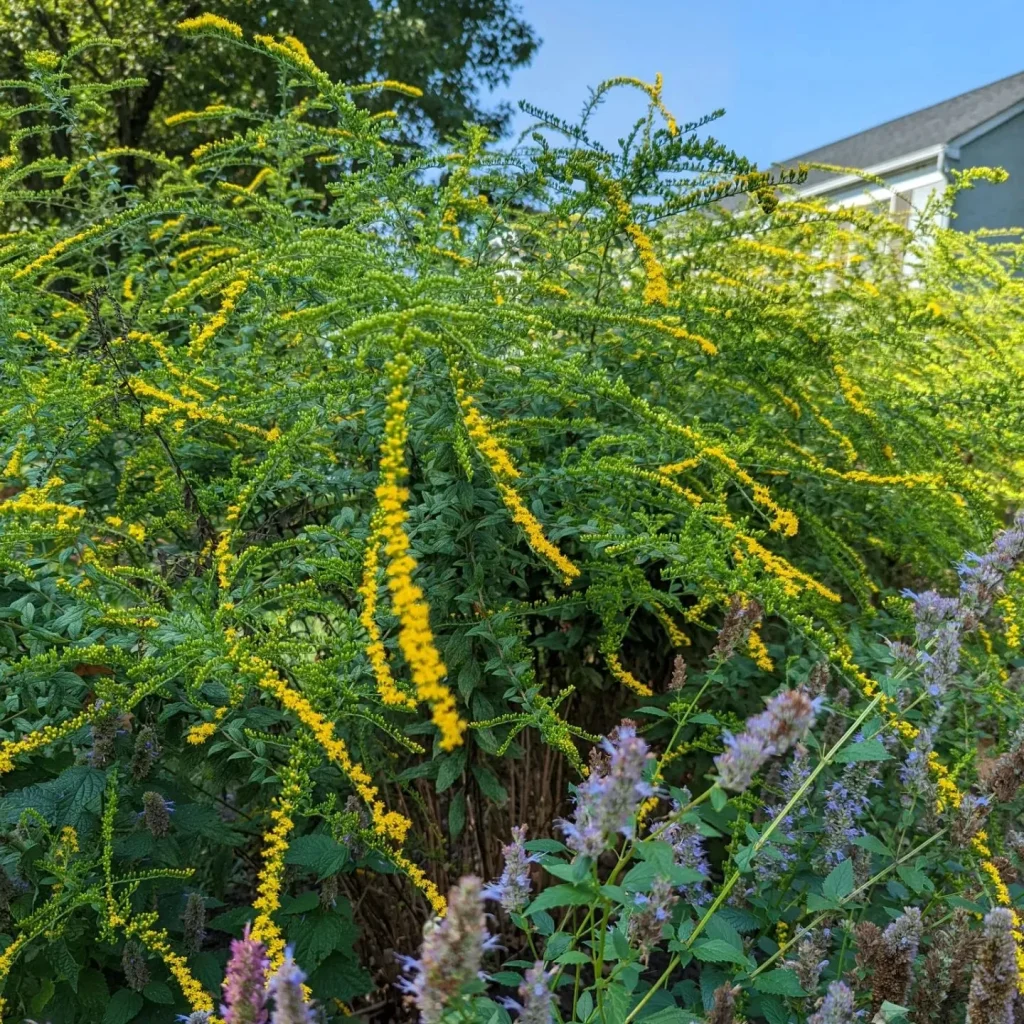Exploring the Costaceae Family: A Personal Journey
As a plant enthusiast, I’ve always been drawn to the unique and vibrant families of the plant kingdom. One family that has particularly captured my attention is the Costaceae family. This fascinating group of plants, primarily found in tropical regions, consists of several genera, including Chamaecostus, Costus, Dimerocostus, Hellenia, Monocostus, Paracostus, Parahellenia, and Tapeinochilos. In this article, I’ll share my experiences and insights into these remarkable plants and their diverse characteristics.
What is the Costaceae Family?
The Costaceae family, commonly known as the costus family, belongs to the order Zingiberales. This family is characterized by its attractive, often large leaves and striking flowers. Many plants in this family have been used traditionally in medicine and cooking, adding to their allure. During my journey exploring this family, I was amazed by the diversity within the genera and the unique traits they exhibit.
Genera of the Costaceae Family
Chamaecostus
Chamaecostus is one of the more accessible genera for those of us looking to cultivate exotic plants in our gardens. I’ve found Chamaecostus cuspidatus particularly appealing due to its bright yellow flowers and lush green foliage. This plant thrives in warm climates and can even tolerate some drought, making it a resilient addition to any garden. Its versatility allows it to be used in landscaping or as a stunning specimen plant.
Costus
Moving on to the Costus genus, this is where I encountered some of the most visually striking plants in the Costaceae family. Costus speciosus, also known as the yellow ginger, has vibrant yellow flowers that attract a plethora of pollinators. When I planted it in my garden, the blooms not only beautified the space but also brought in butterflies and bees, making my garden a lively ecosystem. Additionally, the leaves of Costus species are often large and can create a tropical feel in any setting.
Dimerocostus
Dimerocostus is another genus that piqued my interest. The unique feature of this genus is its habit of producing two distinct types of flowers on the same plant. Dimerocostus gibsonianus caught my eye with its impressive height and striking coloration. The flowers are a vivid mix of orange and yellow, making them stand out in any garden setting. It’s fascinating how the plant can adapt to various conditions while still maintaining its aesthetic appeal.
Hellenia
Hellenia is a lesser-known genus in the Costaceae family but certainly worthy of attention. I discovered Hellenia spp. while researching tropical plants, and I was captivated by their delicate flowers and unique leaf structures. These plants prefer moist, shady environments, which can be a challenge for gardeners. However, if you can provide the right conditions, the reward is a stunning addition to your plant collection.
Monocostus
Monocostus is another intriguing genus I came across. Monocostus uniflorus is particularly noteworthy for its single, large flower per stem. The bloom’s structure is simple yet elegant, often appearing in a beautiful deep red or orange. I found it fascinating how this genus contrasts with others in the family that tend to have more complex flower arrangements.
Paracostus and Parahellenia
While both Paracostus and Parahellenia may not be as widely recognized, they offer unique characteristics that any plant lover should appreciate. Paracostus spp. features robust foliage and thrives in similar conditions as its relatives. Parahellenia, with its slender growth habit, caught my attention due to its adaptability to different environments. Both genera contribute to the rich tapestry of the Costaceae family, offering diversity for collectors like myself.
Tapeinochilos
Lastly, Tapeinochilos, known for its unique growth habit and impressive flower spikes, rounds out my exploration of the Costaceae family. Tapeinochilos ananassae, often referred to as the pineapple ginger, produces stunning inflorescences that can easily become the centerpiece of any garden. Its adaptability to various soil types and conditions makes it an excellent choice for gardeners seeking something a little different.
Cultivating Costaceae Plants
As I delved deeper into the Costaceae family, I realized that growing these plants requires a bit of understanding and care. Most species prefer tropical climates with warm temperatures and ample moisture. However, with the right conditions, I’ve successfully cultivated several varieties indoors and in my garden.
Regular watering, well-draining soil, and occasional fertilization can help these plants thrive. I often find that a little extra attention goes a long way in maintaining their vibrant foliage and encouraging prolific blooming.
Conclusion
My journey through the Costaceae family has been both educational and rewarding. Each genus offers unique characteristics and beauty, making them worthy of consideration for any plant enthusiast. Whether you’re drawn to the vibrant flowers of Costus or the intriguing adaptations of Dimerocostus, there’s something in this family for everyone.
Exploring and cultivating these plants has deepened my appreciation for the diversity of the plant kingdom. If you’re looking to add some tropical flair to your garden or home, I highly recommend considering the Costaceae family. Their beauty and unique traits will surely inspire any plant lover!
If i die, water my plants!



